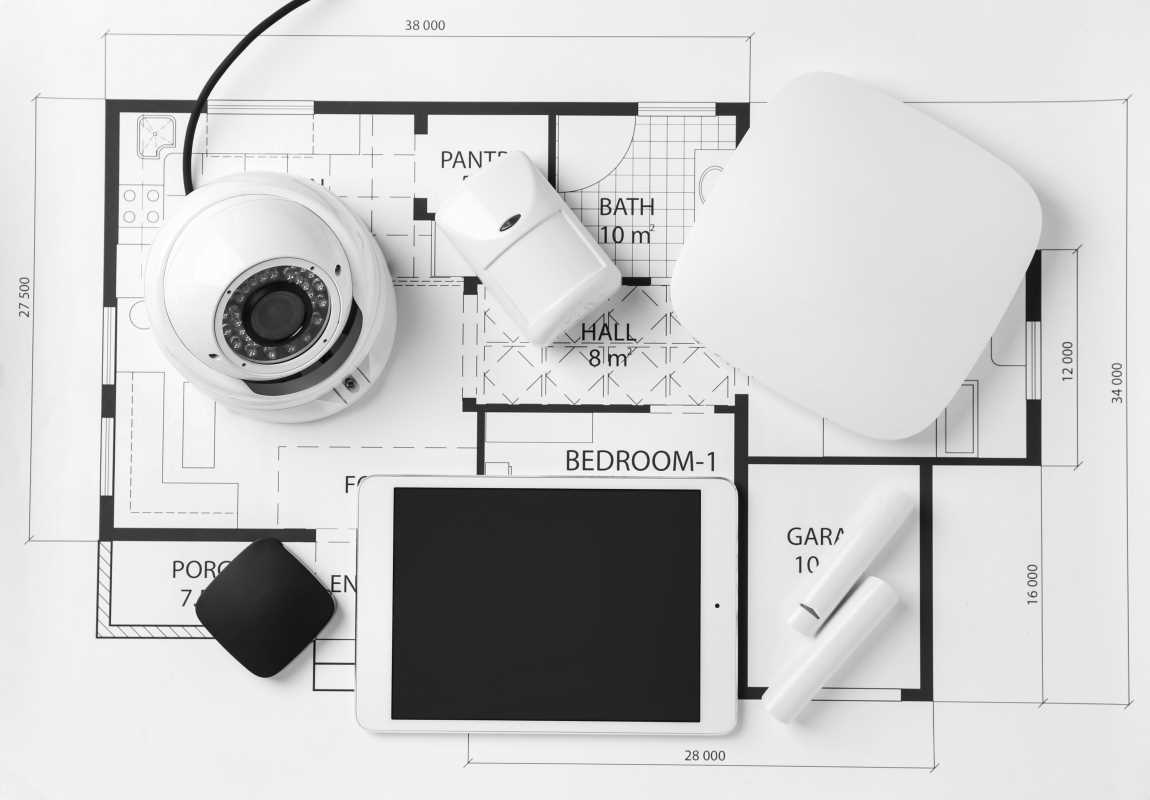Working from home has become a reality for many parents, offering both flexibility and new challenges. Juggling professional responsibilities with family life can feel like a tightrope walk, but it's possible to create a harmonious balance with the right approaches. Understanding the unique dynamics of remote work and family interactions is key to navigating this new landscape successfully.
While the freedom to set your own schedule is a significant advantage, the blurred lines between work and home life can lead to stress and burnout. On the flip side, being present for your children's milestones and managing work tasks from the same space can foster stronger family bonds and increase overall satisfaction. Let's explore practical strategies to help remote parents thrive in both their careers and family lives.
Setting and Establishing Boundaries
Establishing clear boundaries is essential for maintaining a healthy balance between work and family time. Start by defining and sticking to specific work hours as much as possible. Communicate these hours to your family so they understand when you are available and when you need to focus on work tasks.
In addition to time boundaries, it's important to create physical separation between your workspace and common family areas. This distinction helps signal to both you and your family when it's time to switch gears from work to home life. Consider setting up a dedicated office space that can be easily closed off during work hours, minimizing distractions and interruptions.
Effective Time Management
Managing your time efficiently can make a significant difference in balancing work and family responsibilities. Here are some techniques to help you stay on track:
- Prioritize Tasks: Identify the most important tasks each day and tackle them first to ensure critical work is completed.
- Use a Planner: Keep a daily planner or digital calendar to organize your schedule and track work and family commitments.
- Set Timers: Allocate specific time blocks for focused work and take short breaks to recharge and attend to family needs.
- Delegate When Possible: Share household responsibilities with your partner or older children to lighten your load and create more balance.
- Limit Multitasking: Focus on one task at a time to increase productivity and reduce the likelihood of making mistakes.
Creating a Family-Friendly Workspace
Designing a workspace that accommodates your professional needs and family life can enhance productivity and harmony. Here are some steps to create a family-friendly workspace:
- Choose a Quiet Location: Select a room or area in your home that is away from high-traffic zones to minimize distractions.
- Invest in Ergonomic Furniture: A comfortable chair and desk can prevent physical strain and improve focus during work hours.
- Organize Supplies: Keep your workspace tidy and ensure all necessary work materials are easily accessible to reduce time wasted searching for items.
- Incorporate Child-Friendly Elements: Include a small table or play area nearby where your children can engage in activities without interrupting your workflow.
- Use Visual Cues: Hang a sign or establish a routine that indicates when you're in work mode, helping family members understand when to respect your workspace.
Communication with Employers
Maintaining open and honest communication with your employer is crucial when balancing remote work and family responsibilities. Let your employer know about your family situation and discuss any necessary adjustments to your work schedule or responsibilities. This transparency can lead to a more supportive work environment and may open the door to flexible arrangements that better suit your needs.
Regular check-ins and updates on your progress can also help reassure your employer that you're managing your work effectively despite the home distractions. Building a trusting relationship with your employer can provide additional peace of mind and make navigating the challenges of remote work easier.
Leveraging Technology
Technology can be a lifesaver for remote-working parents, streamlining both work tasks and family coordination. Utilize project management tools like Trello or Asana to organize your work projects and collaborate with your team efficiently. For family scheduling, apps like Cozi can help keep everyone on the same page with shared calendars and to-do lists.
Using communication platforms such as Slack or Zoom can facilitate seamless interactions with your colleagues, reducing the need for constant email checking and allowing for more structured communication.
Self-Care and Mental Health
Taking care of your mental and emotional well-being is paramount when managing the dual roles of parent and professional. Make time for self-care activities that help you recharge, whether it's exercising, reading, or simply taking a few moments each day to relax and reflect.
It's also important to recognize when you're feeling overwhelmed and seek support when needed. Talking to a friend, joining a support group, or consulting a mental health professional can provide valuable assistance and strategies for maintaining your mental health. Prioritizing self-care benefits you and sets a positive example for your children.
Achieving a balance between work and family life while working remotely is undoubtedly challenging, but it's entirely possible with the right strategies and mindset. By setting clear boundaries, managing your time effectively, creating a supportive workspace, communicating openly with your employer, leveraging technology, and prioritizing self-care, you can create a fulfilling and harmonious balance that benefits both your career and your family.
 (Image via
(Image via





